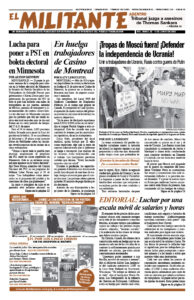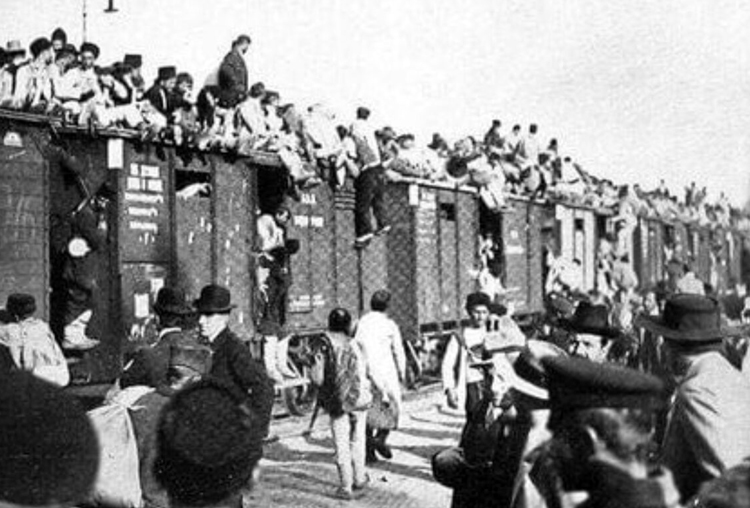May 18 was the 78th anniversary of Moscow’s forced deportation of the entire Crimean Tatar people from their homeland to Central Asia in 1944. Soviet dictator Joseph Stalin said the Tatars were all agents of the Nazis. The date is marked annually by Tatars in Crimea and across Ukraine. Despite a ban on Tatar actions imposed for the past eight years since Russian troops seized and occupied the peninsula, hundreds gathered solemnly at a memorial monument in Kerch.
Over two days in 1944 over 200,000 Tatars were herded into cattle cars, locked in, and taken by rail deep into Russia, above. Over half died during the journey and by privation over the next two years.
After the collapse of the Soviet Union in 1991, waves of Tatars began returning home, to discover their homes had been seized under Moscow’s attempts to “Russify” the population. Today the Tatars, the native people of Crimea, make up some 12% of the population. With Ukraine’s independence in 1991, Tatar culture flowered and identification with Ukraine expanded.
But in 2014, after the popular Maidan uprising, Putin responded by using his thousands of naval troops — stationed in Crimea under an earlier agreement with Kyiv — to take power, oust Ukrainian forces and crush independent mobilization by Tatars. Their organizations, like the Mejlis, their national council, and its leaders, were banned. Newspapers and schools were closed down and cultural institutions shuttered. The Russian government cracked down on all opposition, arresting and framing up any Tatars who spoke out.
Moscow has doubled down on its repression since its invasion of Ukraine. “Since the beginning of Russia’s total war against Ukraine, a large number of Crimean Tatar civic activists and journalists” have been sentenced to 12-to-19 years in jail on fabricated criminal charges, Halya Coynash of the Kharkiv Human Rights Protection Group, said.


